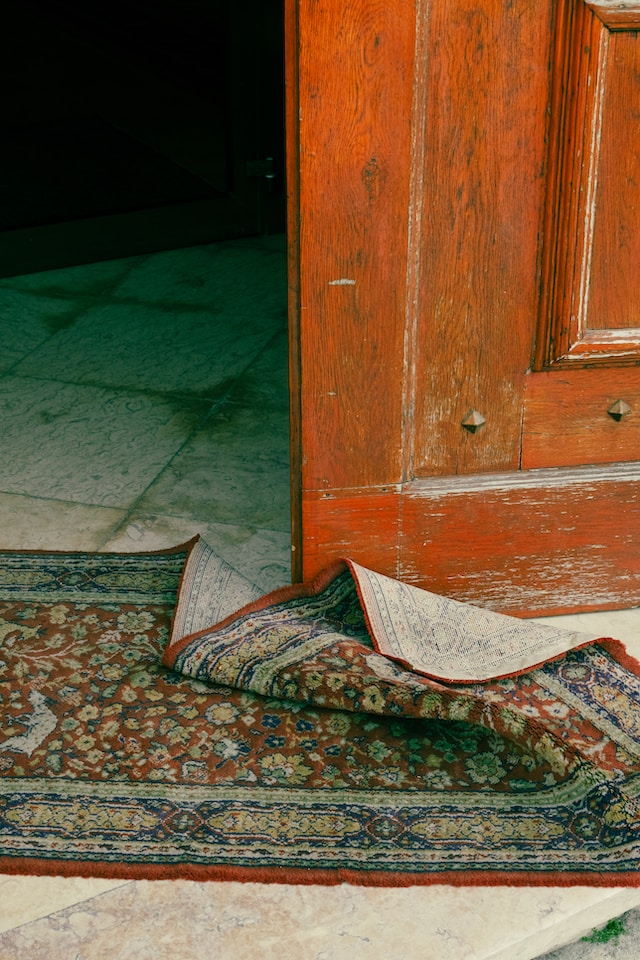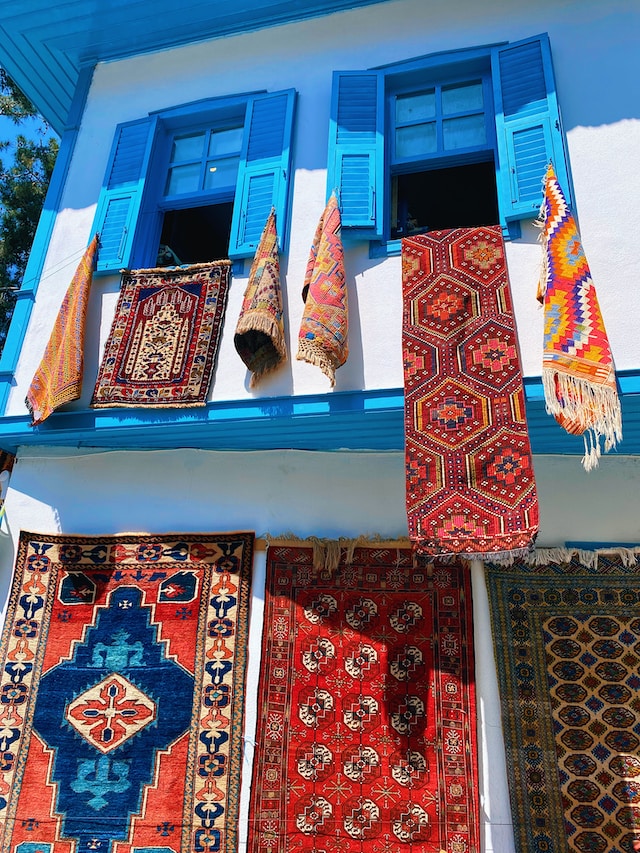
History and Origins of Western Drug Rugs
western drug rugs
The history and origins of Western drug rugs can be traced back to their beginnings in the hippie culture of the 1960s. These vibrant, colorful textiles gained popularity among individuals seeking a counter-cultural lifestyle and embracing recreational drug use. The term "drug rug" itself emerged due to the association between these garments and the laid-back, free-spirited ambiance often linked to substance consumption.
In essence, Western drug rugs are not only an article of clothing but also a symbol of rebellion against societal norms. Their unconventional designs, featuring intricate patterns and bold colors, reflect the non-conformist mindset prevalent during that era. While there are various theories surrounding the true origin of this distinctive style, it is generally agreed upon that Mexican artisans heavily influenced its creation.
Mexico's rich textile traditions provided a fertile ground for the development of these unique garments. Many believe that it was during cross-border exchanges between American hippies and Mexican craftspeople that the concept of Western drug rugs took shape. The artisans' mastery in weaving techniques like jaspe (ikat) and using natural fibers such as cotton or wool allowed them to create visually striking pieces loved by both locals and foreigners alike.
As these colorful woven wonders made their way into mainstream fashion, they became synonymous with counterculture movements such as hippies, bohemians, and surfers – groups known for their rejection of societal norms. Western drug rugs were seen as a way to express one's individuality while embracing an alternative lifestyle.
Over time, however, the term "drug rug" has been met with mixed opinions due to its negative connotation associated with substance abuse. Some argue that using this colloquial phrase perpetuates harmful stereotypes about those who wear or enjoy these garments. In response to this criticism, many now prefer referring to them as Baja hoodies or Mexican ponchos instead.
Nonetheless, despite evolving attitudes towards drug culture and changing perspectives on appropriate terminology, Western drug rugs remain a distinct fashion statement. Their vibrant colors and intricate designs continue to captivate individuals seeking unique and unconventional clothing options, reminding us of the colorful history and origins behind these remarkable garments.


